AO Edited
Razia Sultan Tomb
Delhi's only female ruler is buried in this neglected, forgotten tomb.
Iltutmish, the third Sultan of the Mamluk dynasty, left his eldest daughter Raziyyat-Ud-Dunya Wa Ud-Din in charge of Delhi in 1231. The Sultan had been called away to Gwalior for a military campaign. It is said that Raziyyat, more commonly known as Razia, ruled the city so well that the impressed Sultan nominated her as his heir apparent upon returning.
Following his death, however, Razia’s half-brother Ruknuddin Firuz took the throne. But Ruknuddin Firuz did little ruling. He instead chose to pass his time more leisurely, smoking opium and riding elephants. Ruknuddin’s mother, Shah Turkan, ruled in his stead.
In 1236, Razia led a rebellion against them and succeeded in deposing Ruknuddin, ascending to the throne of the Delhi Sultanate. She became the first female Muslim ruler in the history of the Indian subcontinent.
Razia’s three-and-a-half-year reign was troubled in many ways. The Turkic nobility who supported her during the rebellion expected her to be a mere figurehead. But they were disappointed and soon turned against Razia.
Wise and capable, Razia ruled the Sultanate efficiently. She fought bravely in battle. Much to the chagrin of the conservative nobles, she also sported male attire. She made public appearances riding on an elephant at a time when upper-class Muslim women like her were expected to be segregated behind a screen.
Razia also appointed non-Turkic people to important posts in her government, an insult to her Turkic nobles. Most notably, Razia promoted the Habshi Jamal ud-Din Yaqut, an enslaved person of East African origin, to her right-hand man. Their relationship added fuel to the nobles’ resentment.
In 1240, another son of Iltutmish, Muiz ud-Din Bahram, deposed Razia. Some rebels killed her in battle shortly afterward.
In total, Razia ruled Delhi for four years. She pushed against patriarchal barriers, famously (and perhaps apocryphally) tearing off her veil while seated on the throne. She was the Delhi Sultanate’s first and last female ruler.
By the 14th century, her tomb, said to have been built by her enemy brother, Muiz ud-Din Bahram, had become a pilgrimage site, according to Muslim explorer Ibn Battuta. It is believed that the unmarked grave next to Razia’s belongs to her sister, Shazia.
Today, the tomb of Razia Sultan can only be reached through a narrow, hidden alleyway in the Bulbuli Khana neighborhood of Old Delhi. The Archaeological Survey of India comes once a year to check on the tomb, but can’t do much to protect the 13th-century burial site because of Old Delhi’s narrow streets and illegal construction around the tomb. Today, the tomb of Delhi’s only female ruler is almost entirely forgotten.
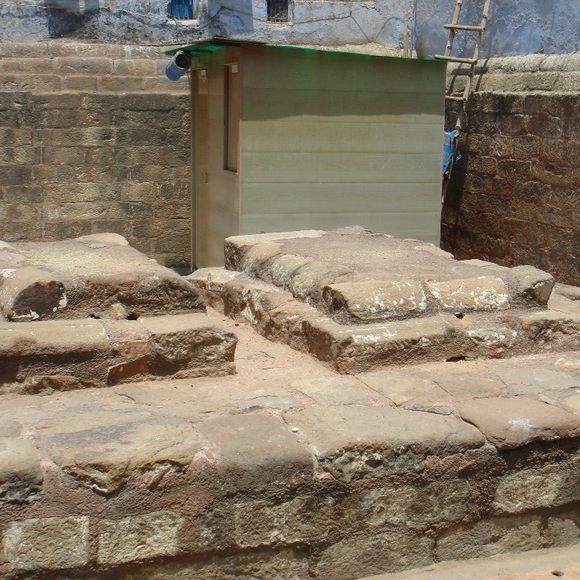

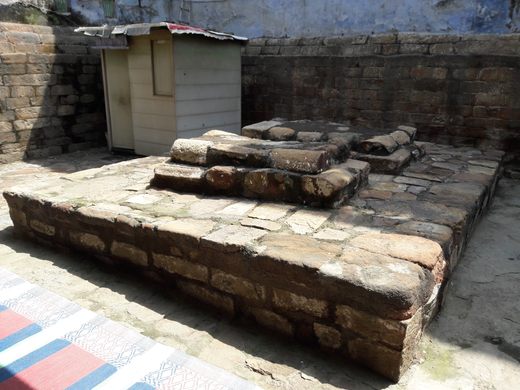
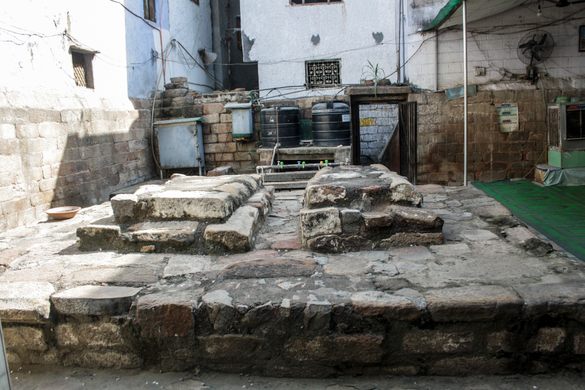






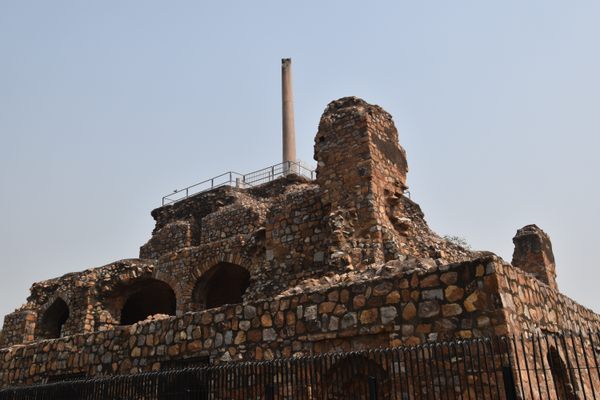
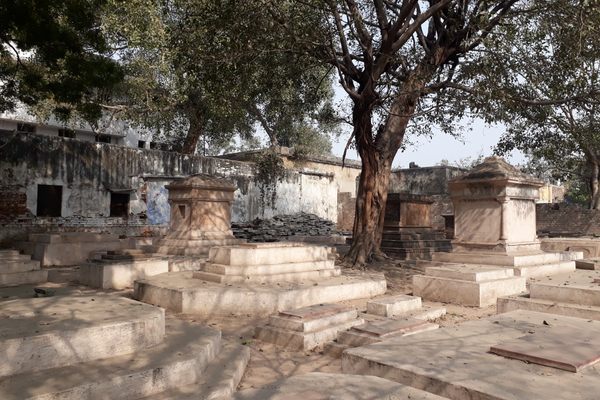





Follow us on Twitter to get the latest on the world's hidden wonders.
Like us on Facebook to get the latest on the world's hidden wonders.
Follow us on Twitter Like us on Facebook